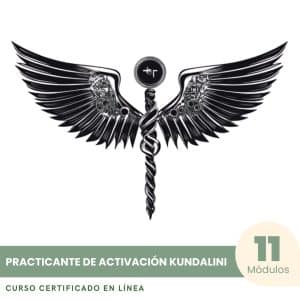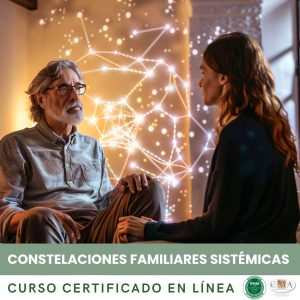6.2 – Interpersonal and Communication Skills

Interpersonal and communication skills are at the heart of the Laughter Therapist’s job. Beyond techniques and tools, it is through the quality of his presence and interactions that the practitioner creates the conditions for a transformative experience for the participants.
Active listening is a key skill. The Laughter Therapist is fully present at each moment, attentive to the verbal and non-verbal messages relayed by the participants. He picks up on emotions, needs and resistances that are expressed. He listens with his whole being, without trying to interpret or judge. This quality of listening creates a trustful space where everyone feels recognised and valued.
Empathy is another key skill. The Laughter Therapist develops his ability to put himself in the other’s place, to understand their frame of reference, beliefs, fears and aspirations. He tunes to the emotional state of the participants and resonates with their joys and pains. This empathy allows him to finely adapt his interventions, to find the right words and gestures to support each one in their journey.
Congruence is essential to establish an authentic relationship. The Laughter Therapist is aligned between what he thinks, what he feels, and what he expresses. He does not play a role, he is simply himself, with his strengths and vulnerabilities. This transparency encourages participants too to be genuinely themselves, to dare to reveal themselves without fear of judgement. The practitioner’s congruence is a guarantee of trust and integrity.
Verbal communication is a powerful tool for transmitting instructions, guiding exercises, and encouraging participants. The Laughter Therapist speaks clearly, adapting his vocabulary to his audience. He is precise in his guidance, punctuating his sentences with pauses to give time for assimilation. His voice is warm, dynamic, and carries positive energy. He also knows when to be silent to allow space for the participants’ expression.
Non-verbal communication is equally important. The Laughter Therapist is aware of the impact of his posture, his gestures, his facial expressions. His smile is infectious, his gaze benevolent. He occupies the space with ease, his movements fluid and harmonious. He uses body language to illustrate exercises, to encourage the physical engagement of the participants. His non-verbal communication is aligned with his speech.
Emotion management is a critical skill. The Laughter Therapist welcomes with kindness all emotions that emerge during the sessions, from laughter to tears. He knows how to contain outbursts, calm anxieties, regulate excessive excitement. He helps the participants to tame their emotions, to express them appropriately. He ensures everyone feels emotionally safe.
Managing interpersonal relationships is a subtle art. The Laughter Therapist cultivates trustful and cooperative relationships among participants. He encourages positive interactions, cooperation, mutual aid. He is attentive to relationship dynamics, power games, affinities and tensions that arise. He intervenes tactfully to defuse conflicts, rebalance exchanges, include those who pull away.
For instance, in a corporate workshop, a manager shows reluctant to participate, arms crossed, avoiding eye contact. The Laughter Therapist detects his unease. Through kind glances and understanding smiles, he gently invites him to join the group. He proposes exercises adapted to his pace, acknowledges his efforts. Gradually, the manager relaxes and lets himself go with the laughter. In the end, he thanks the practitioner, surprised at having enjoyed the session so much.
Interpersonal and communication skills are honed with experience, they require constant self-work. The Laughter Therapist cultivates his presence, refines his sensitivity to others. He learns from each encounter, from every situation. His ability to create connection, to adapt to each individual, to facilitate exchanges is a key to his effectiveness. With his relational wisdom, he creates a climate of trust and benevolence conducive to laughing and enhancing everyone’s well-being.
Key takeaways:
– Despite techniques and tools, interpersonal and communication skills are essential for a Laughter Therapist.
– Active listening helps build a trustful space where everyone feels seen and appreciated.
– Empathy guides the practitioner to adapt and find the right words and gestures to support each participant.
– The congruence between the Laughter Therapist’s thoughts and emotions encourages participants to bring their authentic selves.
– Verbal communication must be clear, precise and promote positive energy.
– Non-verbal communication (posture, gestures, expressions) must be consistent with what is said.
– The Laughter Therapist acknowledges and helps manage all emotions that surface during the sessions.
– They encourage positive interactions, cooperation, and mutual aid among participants while managing tension.
– Interpersonal and communication skills are refined with experience and require ongoing self-improvement.
👉 To download docx (Editable) file click here : Click here
👉 To download PDF file click here : Click here
👉 To download MP3 file click here : Click here






















































































